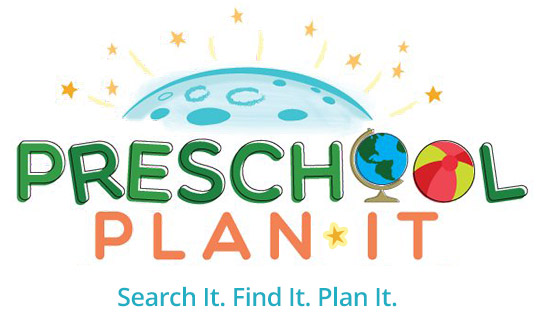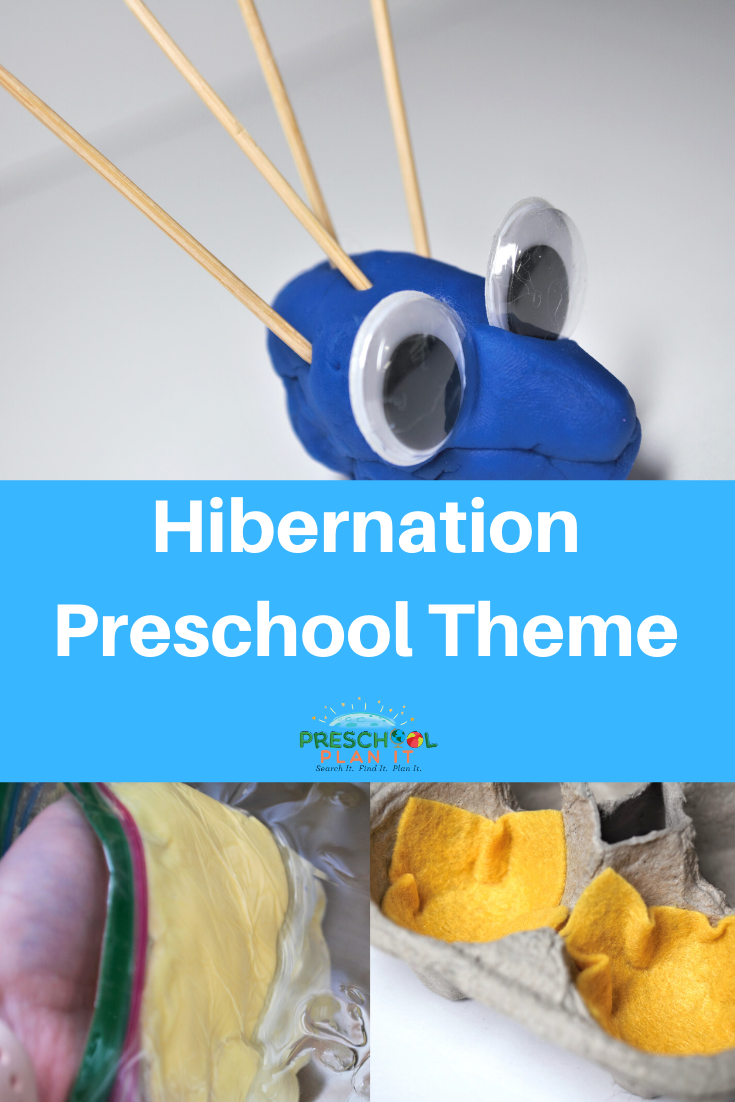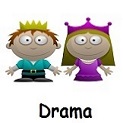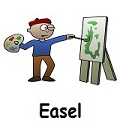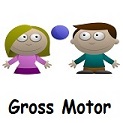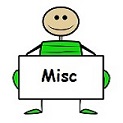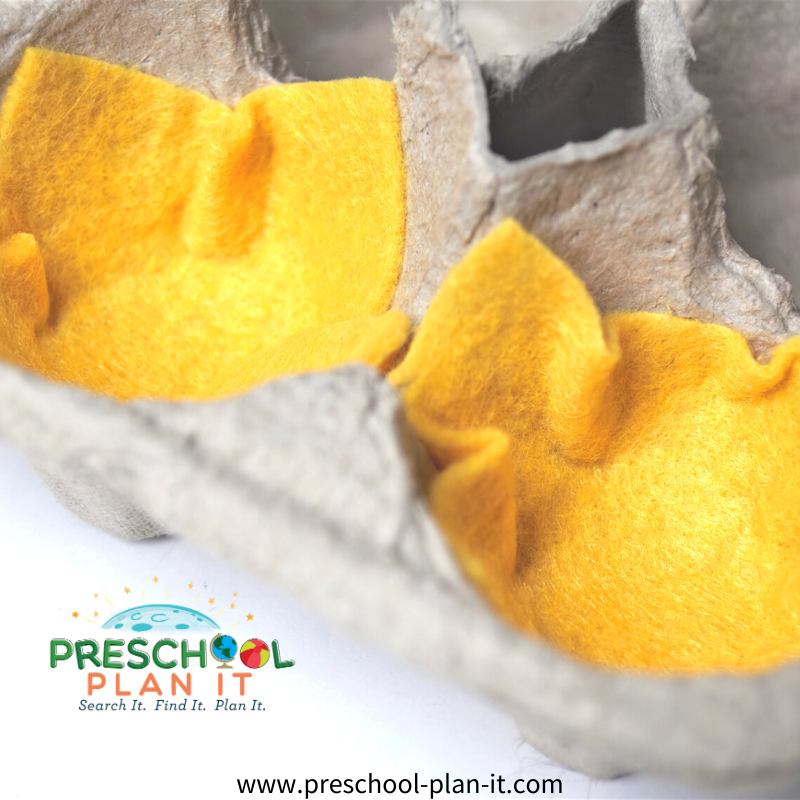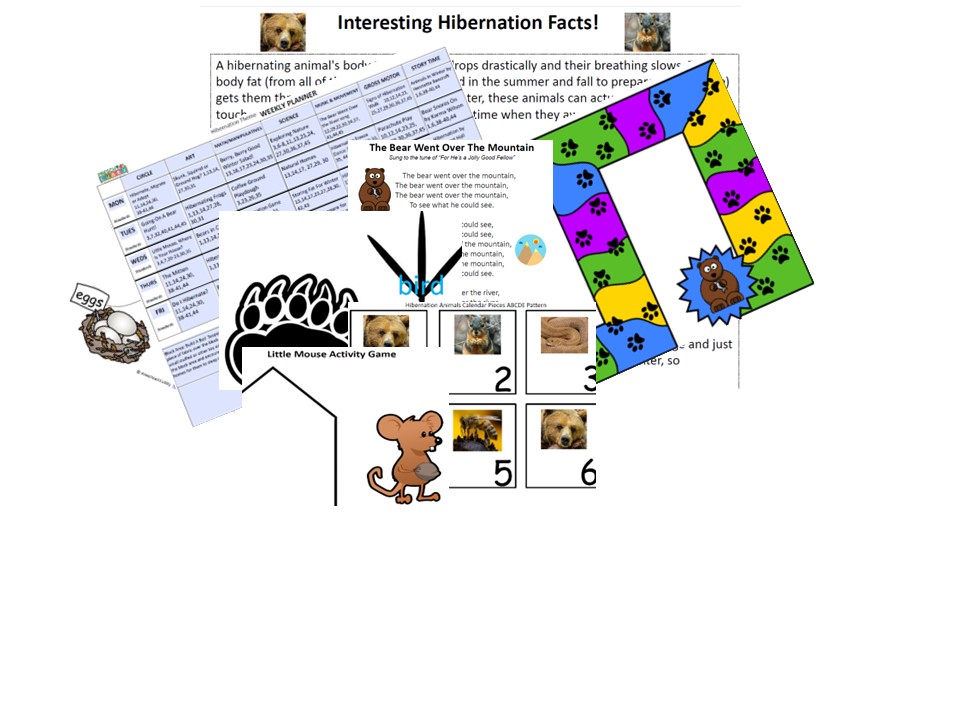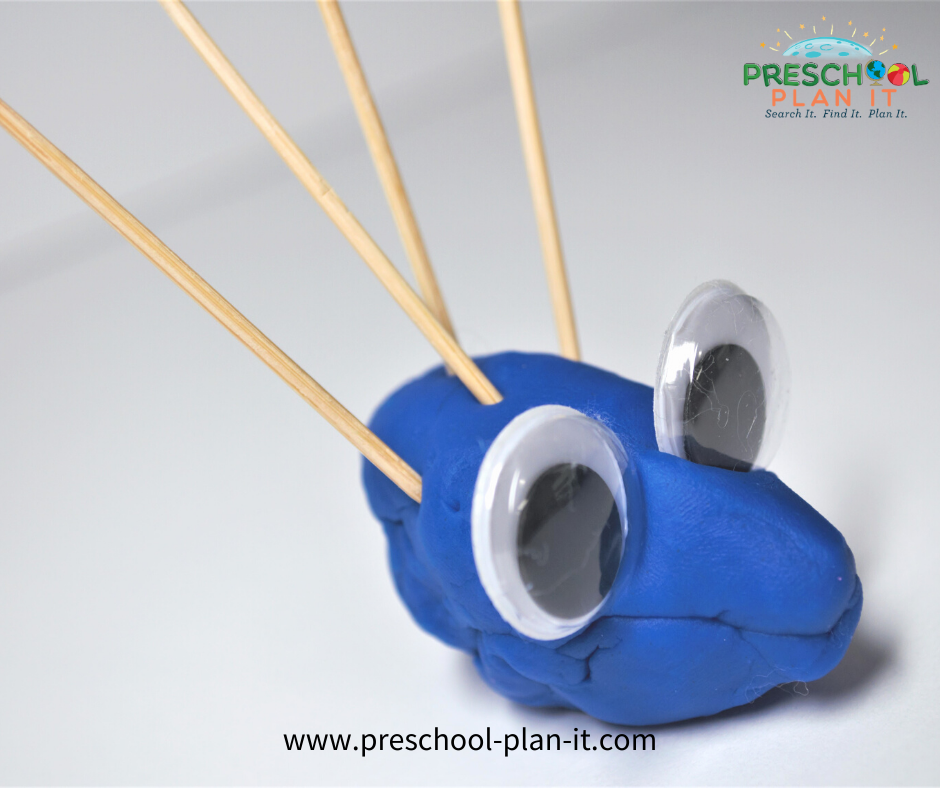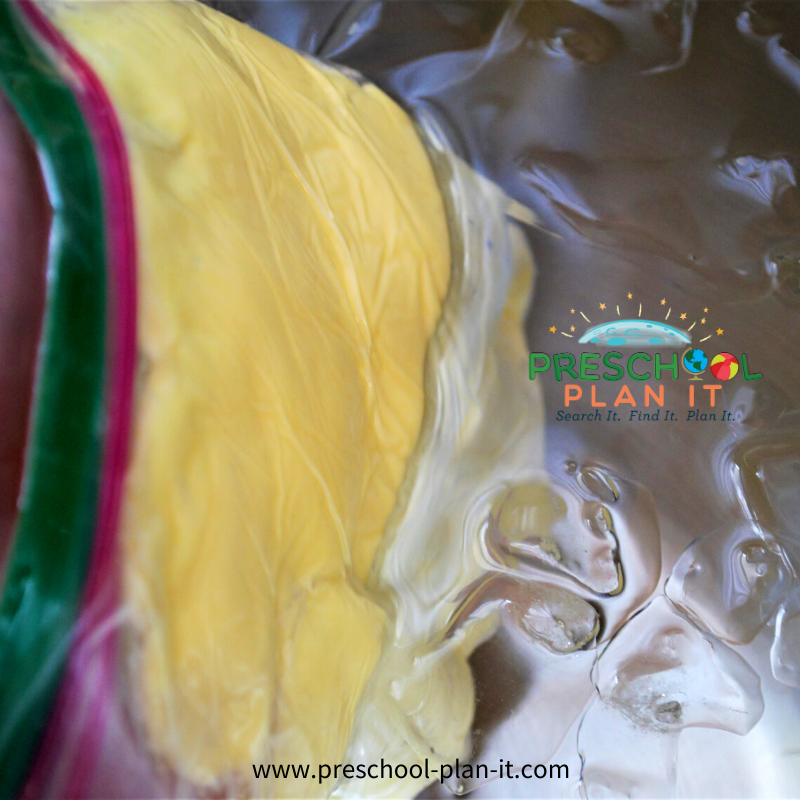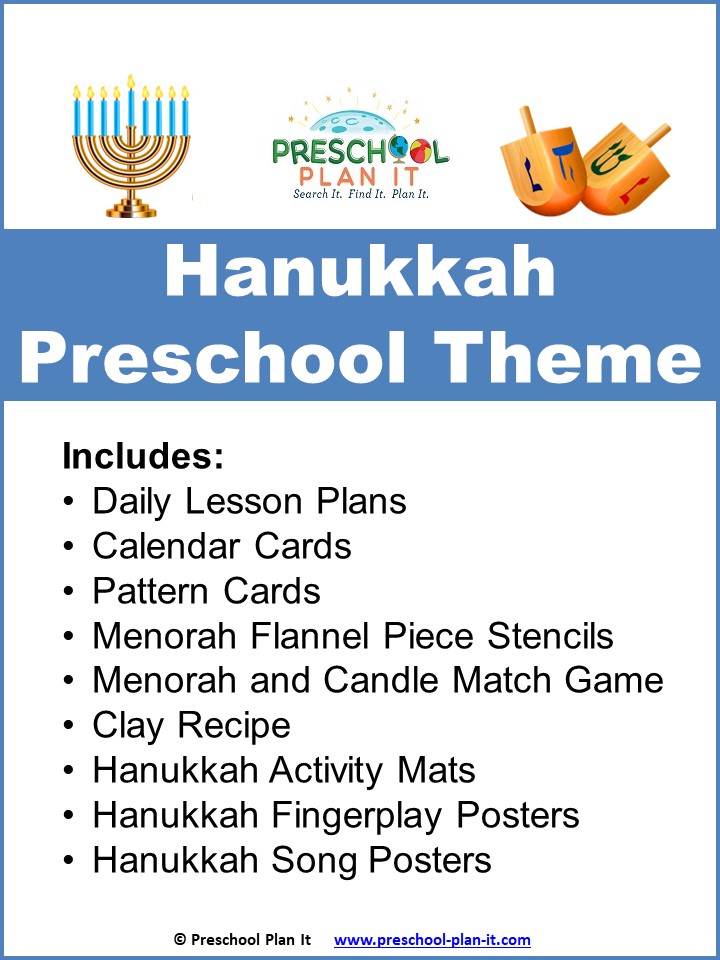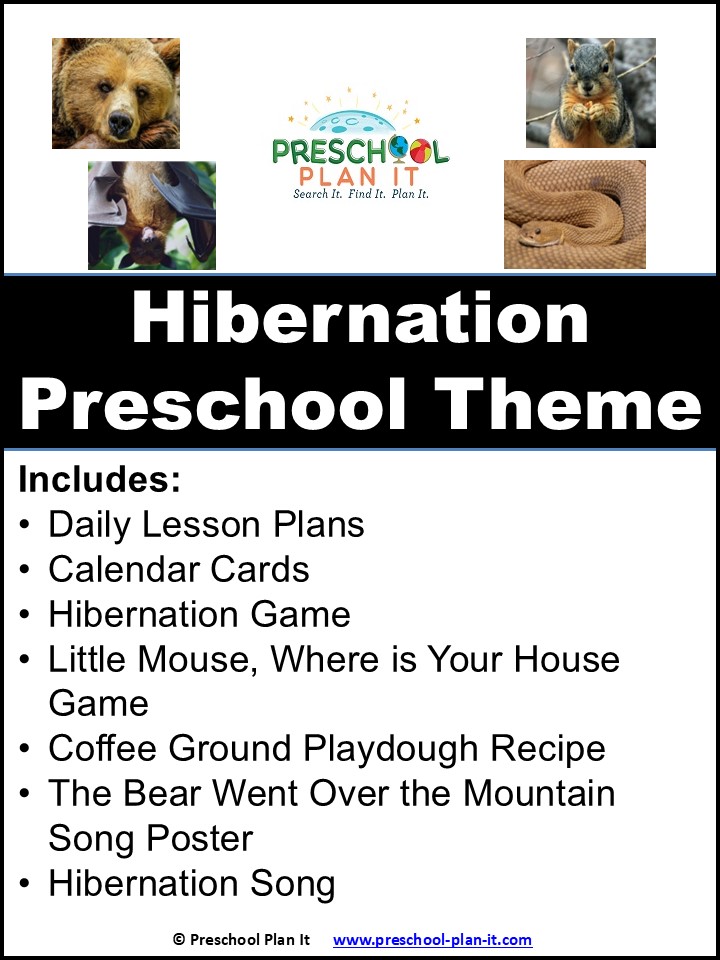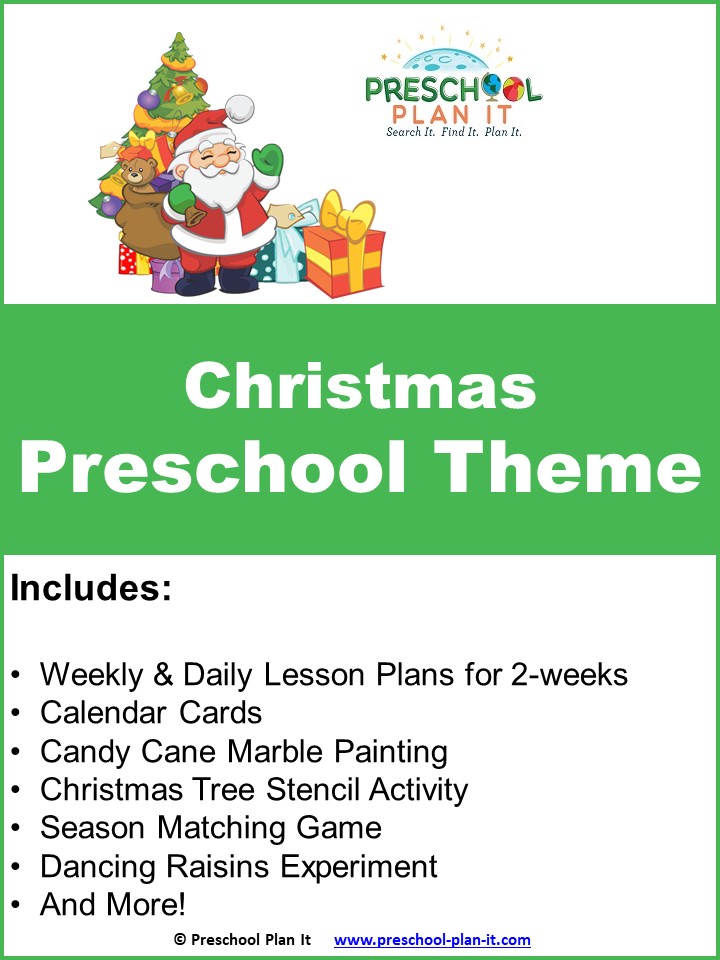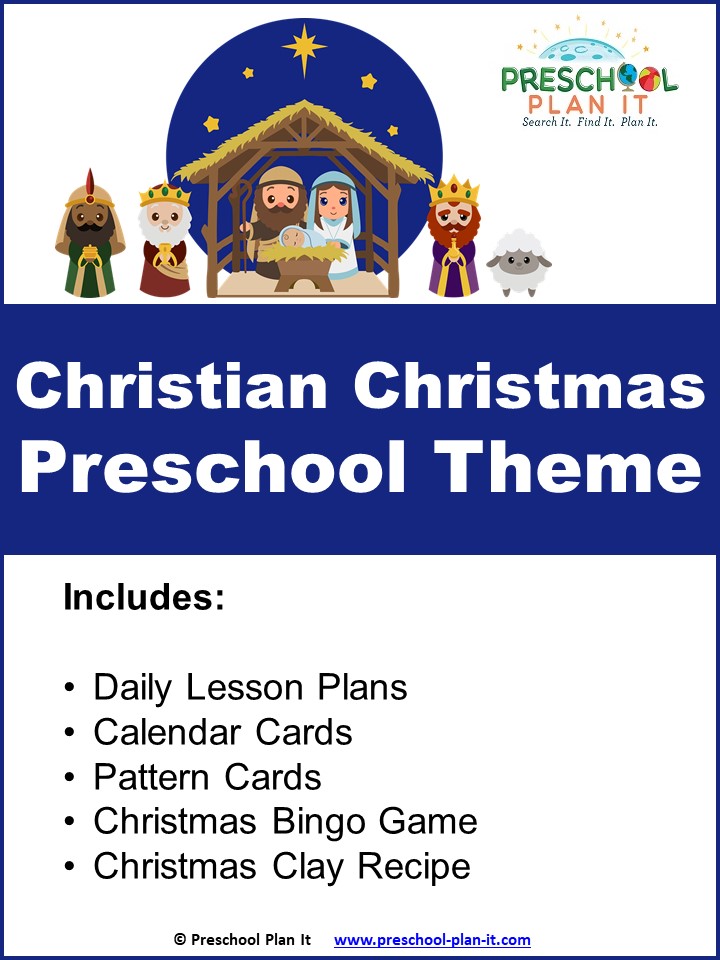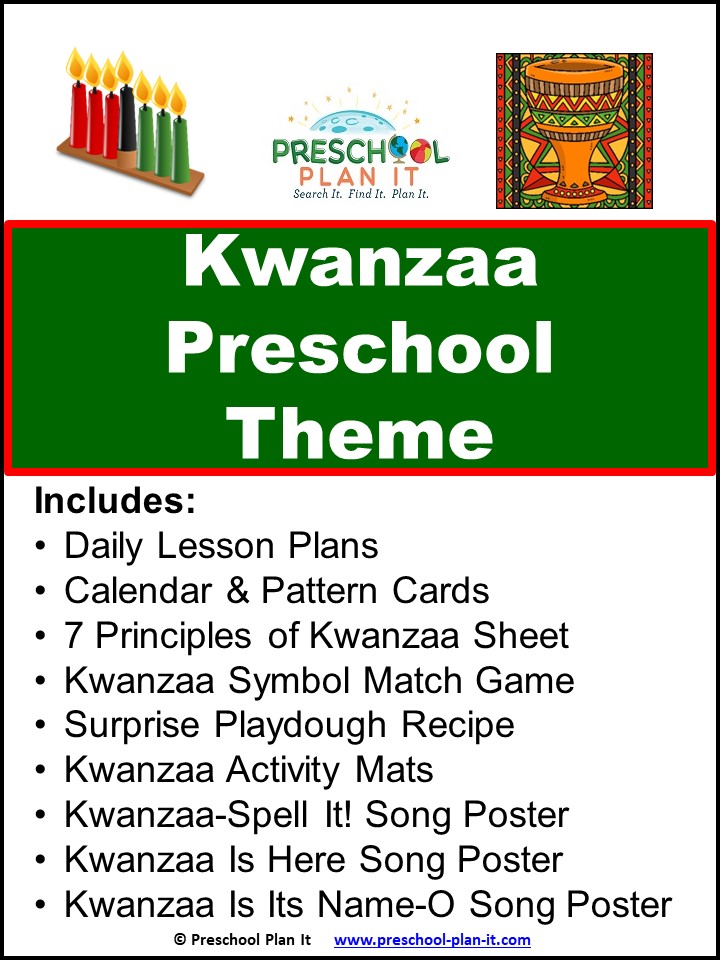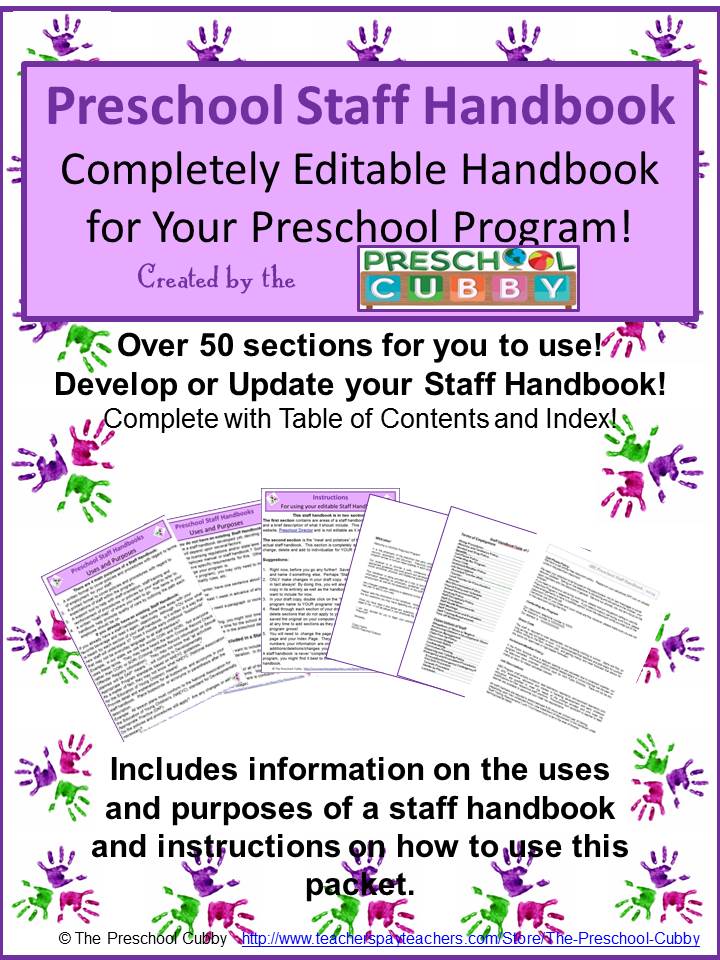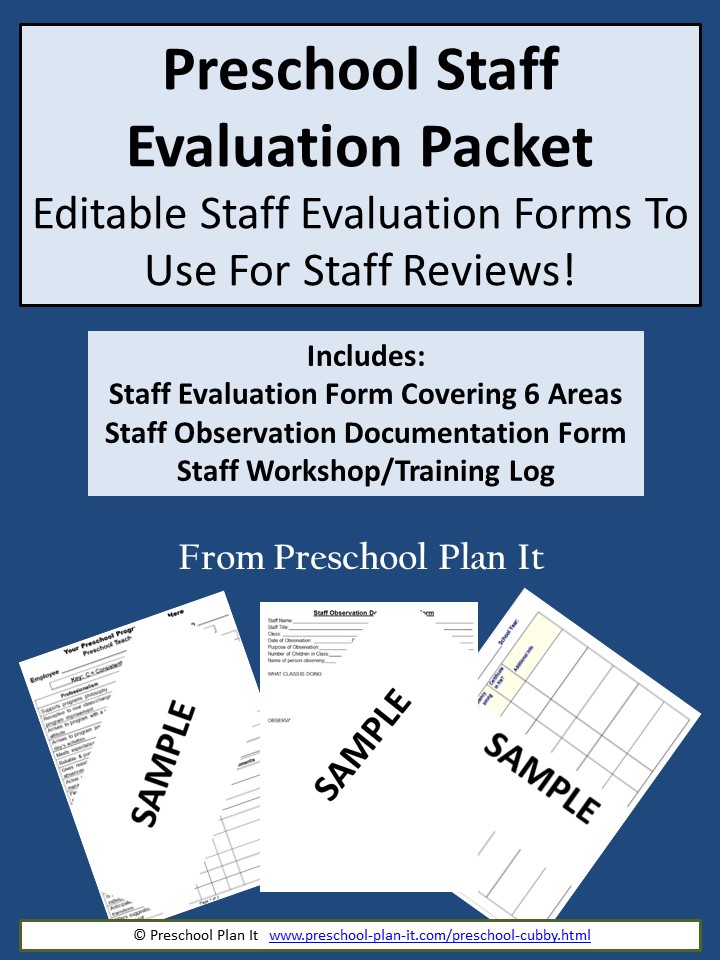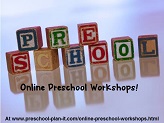- Theme Packs
- Themes
-
Preschool Planning
- Preschool Teachers

Hibernation Theme for Preschool
This Hibernation Preschool Theme page is filled with preschool activities and ideas for all areas of your classroom.
What is Hibernation anyway?! Technically, it is a time when animals sleep through the cold winter. However, it is very, very different than a human's deep sleep. An animal can actually be moved or touched and not even be aware of it!
Interested in teaching your preschoolers about animals that do NOT sleep in winter? Click on Winter Animals to leave this page and go to our Winter Animals Theme Page.
You'll find more themes to help you with your planning on my preschool themes page.
A hibernating animal's body temperature drops drastically and their breathing slows. Their body fat (from all of the extra eating they did in the summer and fall to prepare for this time) gets them through the winter. During the winter, these animals can actually be moved or touched and not even be aware of it! In springtime when they awaken, they are very thin, but healthy.
Some animals that hibernate are badgers, bats, chipmunks, dormice, ground squirrels, ground hogs (wait--really? So THAT'S why Punxatawny Phil seems so groggy and docile on GROUND HOG DAY!), hamsters, hedgehogs, raccoons and skunks. Also on this list are sloth, iguanas, frogs, snails, snakes and some turtles. You can also add bees and earthworms to the list!
Now, here's something you may not have known: Bears do NOT hibernate! I know, I know...it just CAN'T be a myth!
Bears actually go into what is called torpor. This is a when they sleep soundly for sometimes weeks! Their body temperatures do go down and their breathing slows. But, they can wake up, it just takes them longer and they are groggy for a while! Most bear cubs are born in the winter months and Mama Bear needs to wake up to feed them! No wonder they are cranky in winter!
However, because torpor is a light form of hibernation, we'll leave Bears on this page and just be sure to tell our preschoolers that bears sleep a lot in winter, but not all winter, so shhhhhhh....don't wake the bears!
Let the Hibernation Theme Planning Begin!
You can either scroll down through this page to see all of the preschool activities for this Theme or click the link below to go to specific preschool activity types you are looking for.
Looking for Winter Themed Activites (snow, ice, etc.)?
Click here to go to our WINTER THEME Page
Hibernation Theme Art
What Kind of Bed?
Materials Needed: Pictures of animals that hibernate (from magazines, online, etc.); glue sticks; construction paper; markers
Look at the pictures with the children. Ask them where they think each animal would make its bed in the winter when it hibernates (in a tree trunk, a log, a cave, in the mud-for snakes!).
Have the children choose just 1 animal picture.
Encourage the children to write their name on their paper. Then instruct them to draw a bed and/or home for the winter for their animal and then, using the glue stick, place their animal in its home.
As the children are making their pictures, be sure to ask each of them (individually) where their animal will sleep and write it down.
When done, write what they told you on their papers and hang to display.
*You do not need to just write "My snake sleeps in the mud." Write down EVERYTHING they say....it could be come quite the story!
EXTENSION: After the pages have been on display for a couple of days, make them into a class book by stapling them and add it to your classroom's library for the children to read!
They love to see their own work in print! Also, read this book at story time to the group!
Recycled Homes
Materials Needed: Empty boxes, cans, egg cartons, etc.; paint
Ask the children where animals might sleep during the winter. Discuss the many different places-snakes in mud pits, turtles under mud, frogs in logs, bees in the ground, animals in holes in the ground or in tree trunks, in caves, etc.
Tell them they are going to create some animal homes! Let them choose from the items to come up with a home they'd like to paint.
EXTENSION: When dry, use their homes at interest learning centers throughout your classroom.
Place them on a table or on the floor with beanie babies, in the block area with some small, toy animals and reptiles and bees!
Hibernation Theme Block Center Ideas
Build A Bed
If possible, suspend a dark colored sheet or piece of fabric over the block area to make it a bit dark. Add smaller stuffed or other toy animals, snakes, frogs and bees in the block area and encourage the children to make winter homes for them to sleep in.
Theme Circle Time Ideas
Circle Time is such a great time for children to learn the social skills of being together as a large group AND to learn more about your Hibernation Theme!
Little Mouse, Where is your House?
This is a favorite activity for our preschoolers...we use it throughout the year as a transitional activity as well!
In advance draw out and laminate 1 small mouse and 1 house shape (each of different color). Make sure your mouse is SMALLER than the house shape!
Tell the children they are going to help find the hibernating mouse! Tell the children to close and cover their eyes! You hide the mouse under one of the houses.
Tell the children to look now. Ask them to join with you in saying "Little Mouse, Little Mouse, where is your house?" Ask one child which house you should look under. (Encourage them to NAME the color, not just point, to reinforce color recognition*).
"Little Mouse, are you under the orange house?" Have the child lift up the orange house. "NO! Where could she be?"
Continue with each child until found. Keep playing until every child has had a turn.
* Program the houses to work on the skill you are working on in the classroom such as letters, numbers, shapes, etc. (Little Mouse, are you in the "A" house? Are you in the "2" house? Are you in the "star" house").
Where do I sleep?
Materials Needed: Pictures of animals and pictures of the homes they sleep in. Frog--log Snake--lake and mud Turtle--mud Ground Hog--the ground (of course!)--his burrow Squirrel--tree trunk Bat--Cave
Show the homes and ask the children if they can tell what they are.
Show the animals and ask the children to identify them.
Hand out the animals to the children. Place the home animals on the floor in the circle. Ask the children, one at a time, where an animal would live. This is a group activity, so don't put any one child on the spot (i.e. Where does YOUR animal sleep in winter?". Instead, say "Cheryl, which animal do you have? Children, where do you suppose a snake would sleep?" Have the child place the animal on the home.
Snack Recipe Ideas to Cook Up for Your Hibernation Theme!
Cooking with children helps develop their math skills and helps them to learn how to follow directions. It also allows for some great conversation! Ask many questions while cooking with your children to encourage conversation! Be sure to ask specific theme questions while making these fun snacks!
The disclaimer: PLEASE, PLEASE check files for allergies..we've had a child allergic to strawberries, another to hazel nuts (all tree nuts, actually) and yet another to egg products. It is important for you to know before doing any cooking with the children.
Animal Toast
Ingredients and Items Needed: Bread, Toaster, jelly or jam; animal cookie cutters; plastic knives.
Give each child a piece of toast. Have them use the cookie cutter to make an animal shape. Spread with jelly-yum!
EXTENSION: Do not throw away the extra crust! Take a walk later after snake with the children and let them break up the toast and leave it outside for the birds and animals who do NOT hibernate!
Theme Ideas to Transform Your Dramatic Play Area
Nap Time
Materials Needed: Provide blankets, pillows, flashlights and stuffed animals for the children to pretend to live outside in winter. Add books about winter animals as well.
Themed Ideas for your Easel--More Than Just Painting (Although that is always THE favorite in our classroom!)
Just Paint!
Not everything needs to be themed! ;)
Theme Large Group Games that help build their muscles while they have fun together
Parachute Play
Materials Needed: Parachute
Children seem to innately want to shake a parachute as soon as they touch it! Do some crazy shaking to allow them the time to get the excitement of using the parachute out of their system!
Tell them they are going to move the parachute up and down the way an animal would go. Name and animal and ask if it moves fast or slow. Then move (or shake) the parachute accordingly. Examples; snake, skunk, bear, sloth, elephant, bird, frog, etc.
EXTENSION: Have soft, stuffed animals ready. When done with above parachute game, tell the children that it is winter and the animals need to go back to their homes to sleep. Tell them to wait until you say go before they shake and that you need their help counting the animals.
--I also recommend that before you place the animals on the parachute, decide ahead of time WHO will get the animals once they are ALL off the parachute. I can't tell you how many times children just left the parachute and went running after the animals! We assigned several "zookeepers" to get 2 animals only after ALL of the animals are off. Then we assigned new zookeepers for the next round!
Have them count together with you as you toss each animal on the parachute.
Once they are all there, say "GO HIBERNATE" and start shaking. When the animals are all off the parachute, one person, or the zookeepers, collect them and you play again!
Hold on--Do you want a week-long Hibernation Theme?
With a completed weekly planning form, daily planning forms and printables?
I've got you covered!
Take a week off from planning!
Click here to learn more!Hibernation Theme Ideas for Your Library and Literacy Activities for your Preschool Classroom
Book Suggestions for the Library
(I LOVE Amazon, and some of the links below will take you to the Amazon website. If you do choose to purchase yours through Amazon, they do send me a few cents--which supports my coffee habit! )
Animals in Winter (Let's-Read-and-Find-Out Science) by Henrietta Bancroft (also great for Winter Animals theme! All about how different animals prepare for winter-some eat to prepare for hibernation, some gather food to eat during the winter, etc.).
Bear Snores On (The Bear Books) by Karma Wilson
Don't Wake Up the Bear! by Marjorie Dennis Murray
Goodnight Moon by Margaret Wise Brown
Hibernation (Patterns in Nature) by Margaret Hall (GREAT non-fiction book!)
One Snowy Day (level 1) (Hello Reader) by Jeffrey Scherer
Time to Sleep (An Owlet Book) by Denise Fleming
The Animals' Winter Sleep by Lynda Graham-Barber (also great for Winter Animal theme)
Scholastic Reader Level 2: Wake Me in Spring! by Jame Preller
What Do Animals Do in Winter?: How Animals Survive the Cold (Discovery Readers) by Melvin and Gilda BergerTheme activities to help your Preschoolers develop those small muscles in their hands!
Playdough Porcupines Sorting
Materials Needed: Playdough, toothpicks and wiggle eyes.
Children should manipulate dough and make it into different shapes. After a short while, encourage them to make a shape for their porcupine. Talk about what porcupines look like and discuss their quills. Their quills are actually smooth when down so I'm told! ;)
Have children place wiggle eyes on their playdough shape and then, one at a time, place quills (toothpicks) all over it from it's "neck" to its back.
Hibernation Board Game
You will need: large piece of construction paper, a picture of a hibernation animal (any one will do); a cave shape cut out of construction paper; blank stickers (dot stickers work best..you know-the kind that are put on your large items at the grocery store when the item isn't bagged?!); a marker; dice.
IN ADVANCE: Place the large construction paper in front of you. Glue the animal picture on the upper left hand corner of the paper. Glue its home on the lower right hand corner.
Using the dots and marker, make a path from the animal to the home.
On the dots, draw the footprint of the animal you chose.
Laminate for durability.
In the classroom: You will need the board game, the dice and 2 small game board pieces (mini animals are great or simply pieces of crayon, bingo chips, etc.)
Offer this as a two person game. The children put their pieces where the animal is. One child rolls the dice, and moves their game piece that number of spaces toward the animal home. Continue taking turns until both have reached the home.
Use the type of dice that works best with the age of your children: only use numbers 1-3, get dice that have numbers on them instead of dots (or tape numbers on yours!).
Hibernation Theme Music and Movement Activities and Ideas to get your Preschoolers Movin' and Groovin'!
Going On a Bear Hunt
Materials needed: ANY version of this CD and a large space! We have used the Dr. Jean version and the Greg and Steve version--both are well loved! Click the pictures below to read more about each one!
This is an especially great activity to do if the children have already been read this story as a large group.
Rather than sitting and acting out the parts, have the children get up and walk together to act it out!
There are two ways you can do this with the children!
1. Don't use anything elaborate. The children they will be using their imaginations.
As they go on their hunt, be sure they are all going around the room in the same direction together. When the CD instructs them to "cross the river", "climb the tree" etc. tell them they should stop where they are and act it out.
2. Or, you can, in advance, set up the different areas they need to go...use a balance beam for a bridge, chairs for a boat, meet at a specific wall (perhaps you've drawn a large tree or bunch of small trees on paper and hung them on the wall in one area?!!) and then follow the instructions of the CD!
Hibernation Song
sung to the tune of Frere Jacques
Fill in the blank with a hibernation animal name and repeat for all!
________ are sleeping. ________ are sleeping.
All winter long! All winter long!
Sleeping all through winter is called hibernation.
They're snug and warm. Snug and warm.
Hibernation Activities for the Senses!
Sand Play
Add plastic animals and small boxes or cups (for caves) to your sand table.
Hibernation Theme Science Activities--for your Preschool Scientists in Training!
Storing Fat for Winter
Materials Needed: Ziploc baggies, lard (such as Crisco), ice cubes.
Put a large amount of Crisco in a baggie. Flatten Crisco to a layer in the baggie and seal. Make several of these bags.
This would make a good Circle Time discussion.
Give each child an ice cube and discuss winter animals that sleep (hibernate) through the winter. They eat a lot in summer and fall and the fat keeps them warm.
Now give a few of them a Crisco baggie. Lay it flat on their open palm. Place the ice cube on top. They should not feel the ice. This is similar to how animals' fat keep them warm from the cold weather.
Natural Homes
If you have any, put out old bee hives and bird nests with magnifying glasses for the children to investigate. Provide paper and crayons as well so they can draw what they see!
Writing Activity Ideas for Your Preschool Classroom's Theme!
A Picture Is Worth A Thousand Words!
Paper, animal stickers, markers.
Instruct the children to make a sticker paper and then use the markers to draw or write on their pictures to embellish it!
Miscellaneous Activities for Your Preschool Classroom's Theme!
Hibernation Party
Otherwise known as PAJAMA DAY!
Choose one day (and give families PLENTY of notice!) to be your Pajama Day! On this day, the children can bring in a stuffed animal to lounge around with! We usually serve Hot Cocoa and make popcorn on this day to make it special.
My favorite flavored popcorn to make in the classroom using a Hot Air Popper is to spritz the popcorn with some cooking spray (Like Pam or Olive Oil spray)--very little is needed-- and sprinkle some Parmesan cheese on it and then mix!
Hibernation Cave Thank you to Diane from Greensboro, NC for this idea!
I send a note home to parents preparing them for our hibernation theme along with the date that the Cave activity will take place.
I explain that I will need their child pick out a small stuffed animal that will go into hibernation in our classroom cave until spring.
At the end of our theme I introduce our classroom cave (that I have prepared ahead of time for our animals). The students then bring in their stuffed animals and place them in our cave until spring.
When spring arrives we celebrate and at this time the animals wake up and go back home at the end of the day.
Classroom Visitors
There are many opportunities with a Hibernation theme for visitors to your classroom! Survey parents for opportunities as well as your local community!
Some ideas for visitors:
- Veterinarian
- Zoo Employee
- Visiting Animal Farm (There are some companies that go to preschools and schools with different animals. It can be pricey, but not much more than it would cost to charter a bus and the entrance fee to an outside field trip!).
Go to MAIN THEMES Page for more theme ideas!
Go to Preschool Plan It's Home Page


Hey there! Welcome to Preschool Plan It! I’m Cheryl, a preschool teacher of over 20 years.
I KNOW, I know, you spend hours of time developing your preschool themes, activities and preschool lesson plans each week. You are commited to planning preschool themes and activities that are engaging hands-on, interactive, fun AND meet the goal of supporting each child’s level of growth and development.
I am commited to providing you, the preschool teacher, with everything you need to develop preschool lesson plans and preschool activities for your classroom all in one place!
READ MORE
Join My Free Preschool Teacher Tips Newsletter
You’ll receive a weekly email with planning tips and teaching ideas.
You'll also receive (on the 1st of each month) a free theme starter pack with some printables and activity ideas to get you started planning a theme!Join Now and Get Your First Theme Right Away!
© Copyright 2010-2025 Preschool-Plan-It.com | All Rights Reserved | Privacy Policy & Disclaimer
- Preschool Teachers
